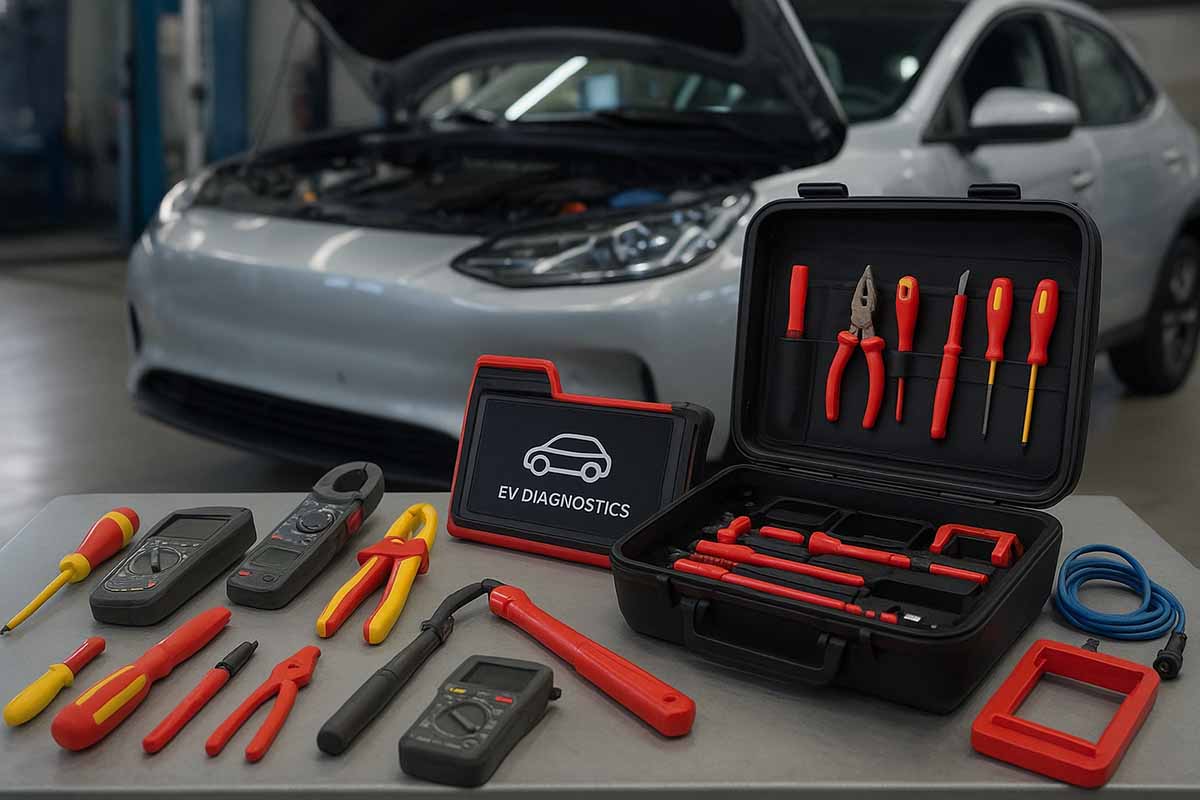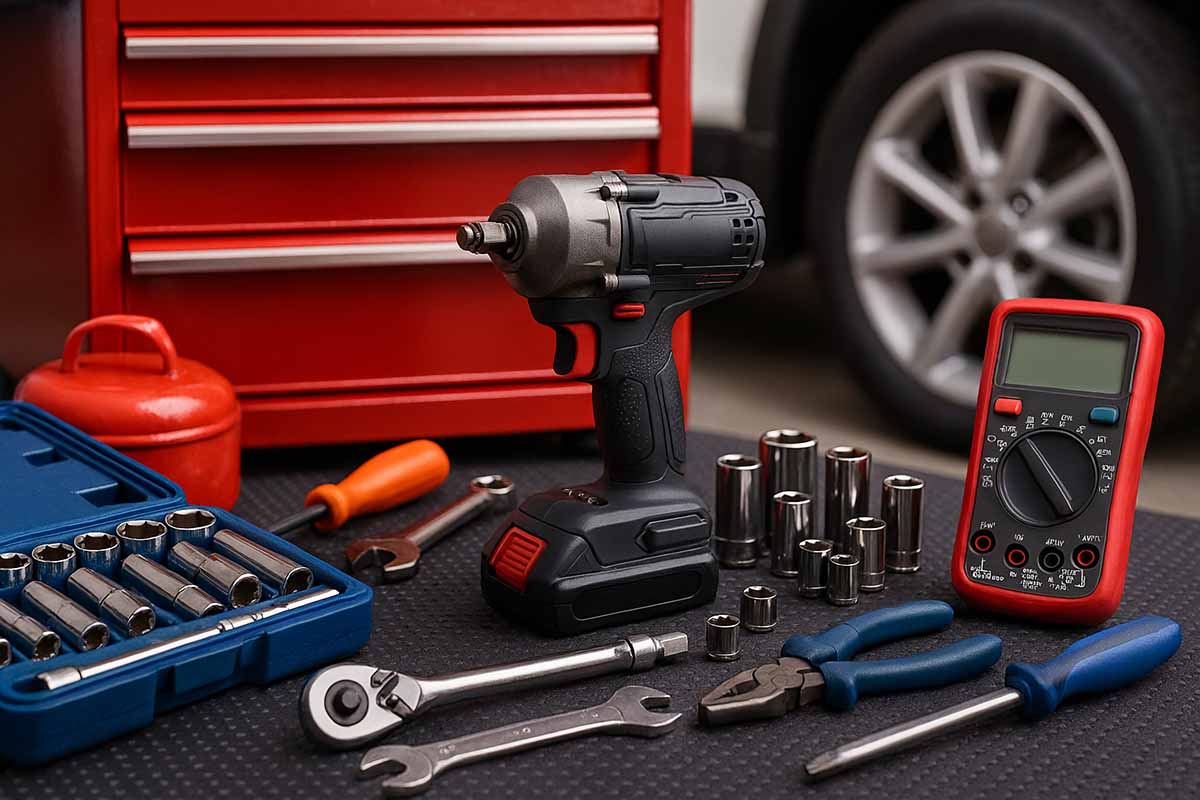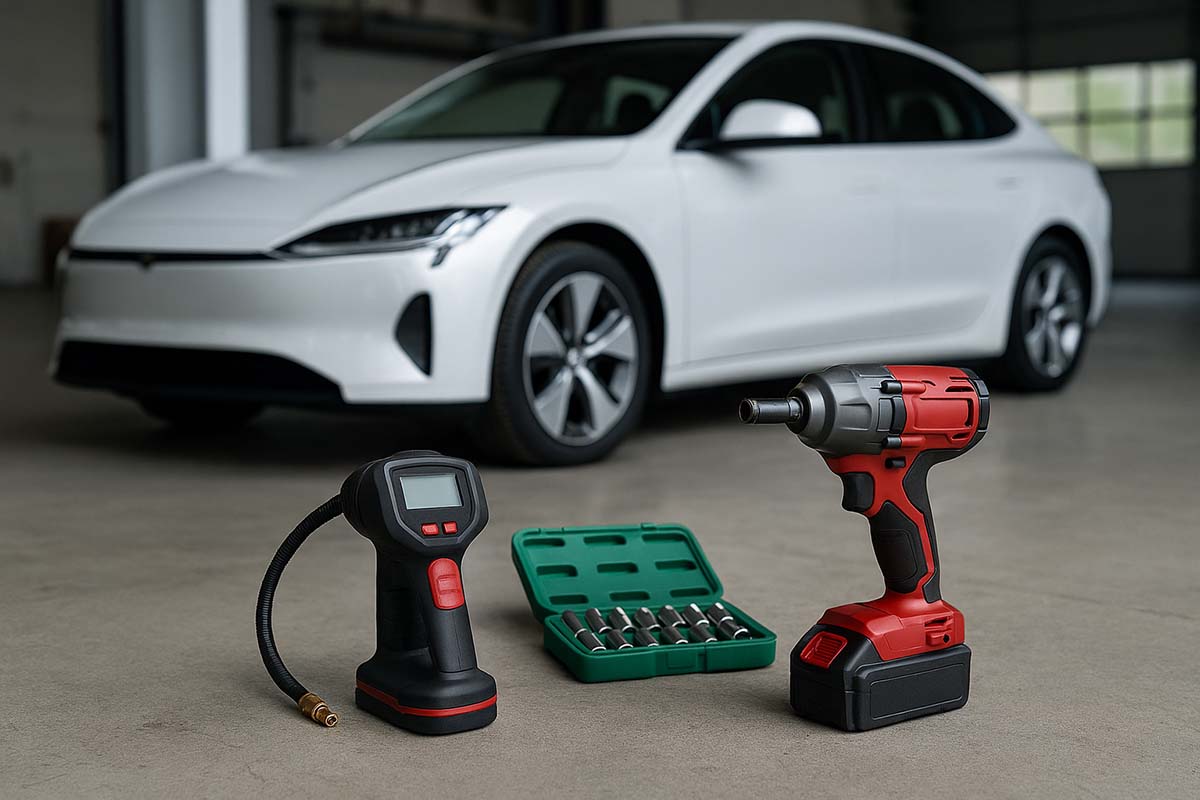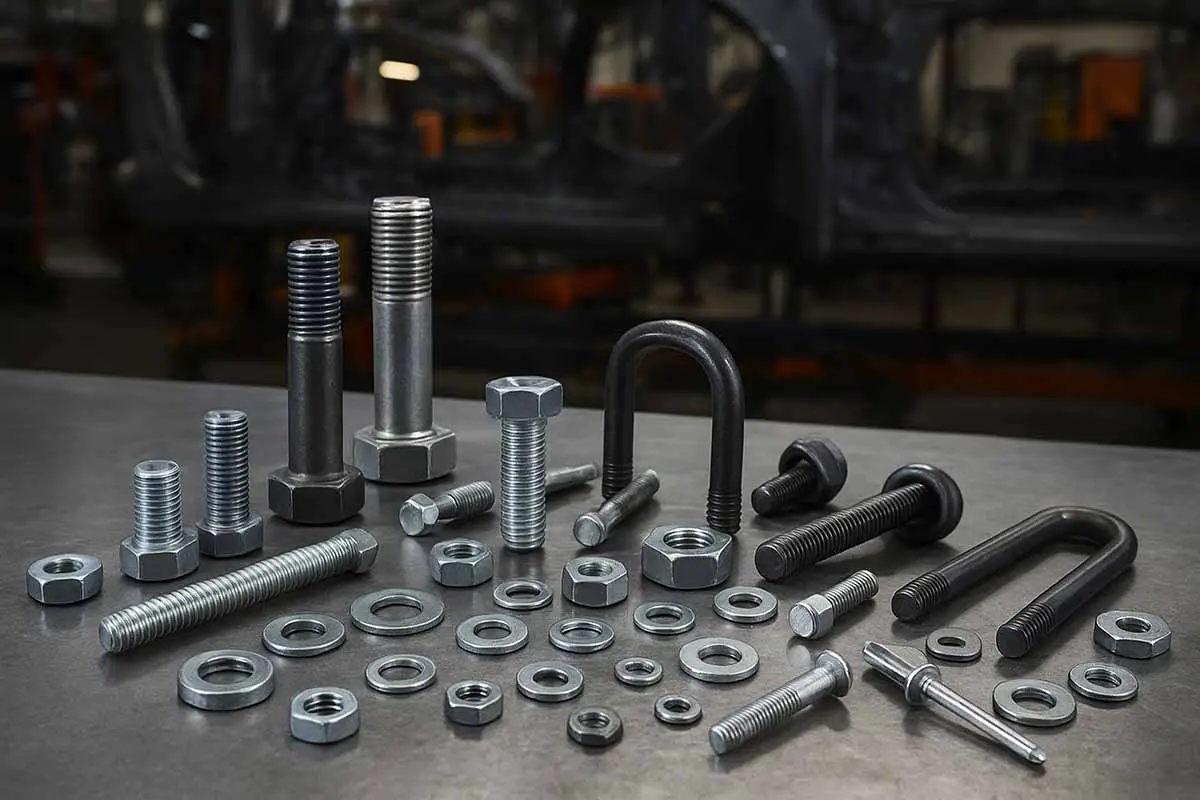Electric vehicles (EVs) are revolutionizing the automotive industry. However, repairing and maintaining them comes with a new set of challenges. Traditional toolkits often fall short, and technicians need specialized EV tools to work safely and efficiently. In this guide, we’ll explore essential EV toolkits, safety requirements, and practical tips to tackle the unique hurdles of working with high-voltage systems.
Whether you’re a professional mechanic or an EV enthusiast, this article covers everything from torque specifications for battery modules to specialized diagnostic devices, helping you understand the evolving landscape of EV maintenance.
1. What Makes EV Toolkits Different?
Electric vehicles require tools that are insulated, precise, and often digitally integrated. Unlike conventional cars, EVs involve high-voltage systems, battery packs, and sophisticated electronics.
Key differences from traditional toolkits:
- High-voltage insulated hand tools to prevent electric shock
- Specialized torque wrenches for battery module bolts
- OBD-II adapters and diagnostic software tailored to EV control units
- Lifting and handling equipment for heavy battery packs
Interesting Fact: Some EV batteries weigh over 500 kg (1,100 lbs), requiring heavy-duty lifting tools for safe maintenance.
2. Essential EV Tools
| Tool | Purpose | Key Specs | Notes |
|---|---|---|---|
| Insulated screwdrivers | Prevent high-voltage shock | 1,000 V rated | Must meet ISO 2380-1 standard |
| Insulated pliers & cutters | Cutting or crimping EV cables | 1,000 V rated | Avoids risk of arc flashes |
| Digital torque wrenches | Precise battery & motor bolts | 1–200 Nm range | Critical for battery safety |
| Multimeters / Clamp meters | Measure high-voltage currents | CAT III or CAT IV rated | Ensure proper insulation rating |
| EV-specific OBD-II tools | Access EV control systems | Software compatibility with Tesla, Nissan, VW, etc. | Often subscription-based |
| Battery handling trolleys | Transport heavy battery packs | 500–600 kg capacity | Prevents workplace injury |
| Thermal cameras | Detect battery hotspots | 100–500°C range | Useful for diagnostics and safety |
Lesser-Known Fact: Some EV service centers now use robotic battery lifts to handle packs automatically, reducing technician strain and increasing safety.
3. Safety Challenges in EV Maintenance
EVs introduce hazards not found in conventional vehicles:
- High-voltage shock: 400–800 V systems can be deadly. Always use insulated PPE.
- Battery fire risk: Lithium-ion packs can ignite if punctured or overheated.
- Diagnostic complexity: EV software can require proprietary tools or subscriptions.
- Weight and ergonomics: Batteries are extremely heavy, needing trolleys or lifts.
Tip: Always disconnect the HV battery and verify voltage isolation before starting work.
4. Common Problems and Poor Practices
- Using traditional tools instead of insulated ones
- Ignoring manufacturer torque specs for battery and motor bolts
- DIY diagnostics without certified OBD-II adapters
- Overlooking thermal checks leading to latent battery failures
Funny Fact: Some DIYers attempt to “hack” EV systems with smartphone apps — it’s like trying to perform surgery with a butter knife. Not recommended.
5. EV Toolkit Brands and Options
- Facom & Wiha: High-quality insulated hand tools
- Klein Tools: Affordable, CAT III insulated pliers and screwdrivers
- Bosch & Snap-on: EV-specific diagnostic devices and torque wrenches
- Greenlee & Proto: Heavy-duty tools for high-voltage maintenance
Lesser-Known Fact: Some OEMs provide “technician kits” only to certified repair shops, including manufacturer-specific torque tools and insulated handles.
Essential EV Toolkits for Modern Automotive Work FAQ
7. Conclusion
Working on EVs is both exciting and challenging. Investing in the right toolkits, understanding high-voltage safety, and following manufacturer guidelines are crucial for success. While EV maintenance can be more complex than traditional vehicles, proper preparation makes it safe, efficient, and even fun.
You May Want to Read More About the Automotive Industry
- Industrial Tools in the Automotive Industry
- Digital Twins in Automotive Tooling: Smarter Maintenance, Fewer Breakdowns
- Comparing Pneumatic vs. Electric Tools in Automotive Workshops
- How Industry 4.0 Is Reshaping Automotive Assembly Lines
- Trends in Automotive Manufacturing Automation
- Impact of Industry 4.0 and IoT on Automotive Tooling
- Essential EV Toolkits for Modern Automotive Work
- Reviews of 5 Leading Automotive Tool Brands
- Top Tools for Automotive Repair and Diagnostics
- Specialized Equipment for Engine Rebuilding
- Automotive Fasteners and Torque Specs Explained
- Safety Tools and PPE in Automotive Workshops
- Troubleshooting Common Automotive Tool Problems
- Top Automotive Tool Brands Reviewed
- Fasteners in Automotive Manufacturing: What Makes the Cut?
- How to Use a Torque Wrench in the Automotive Industry
- Automotive Torque Wrench Buying Guide 2025
Your Turn
Do you work on electric vehicles or own a home EV toolkit? Share your experiences in the comments below and let others know which tools you trust. Don’t forget to share this article on social media for your peers!





